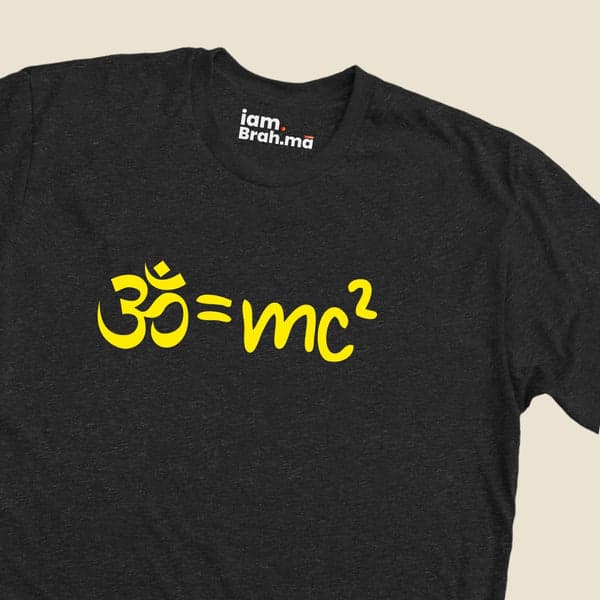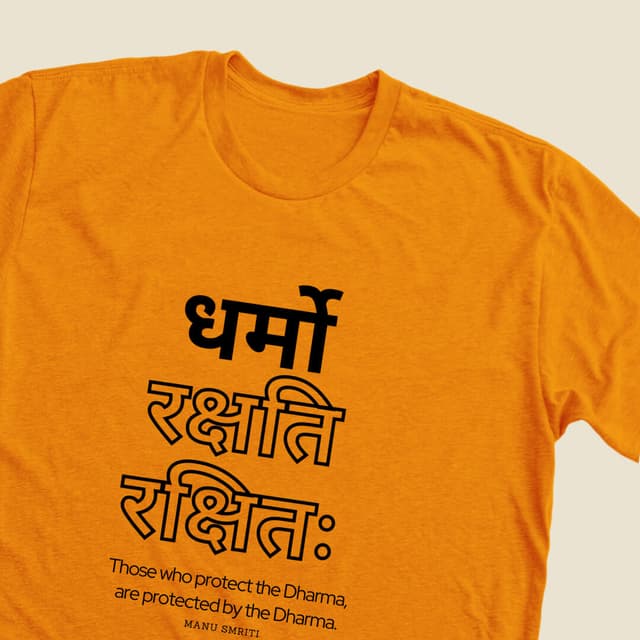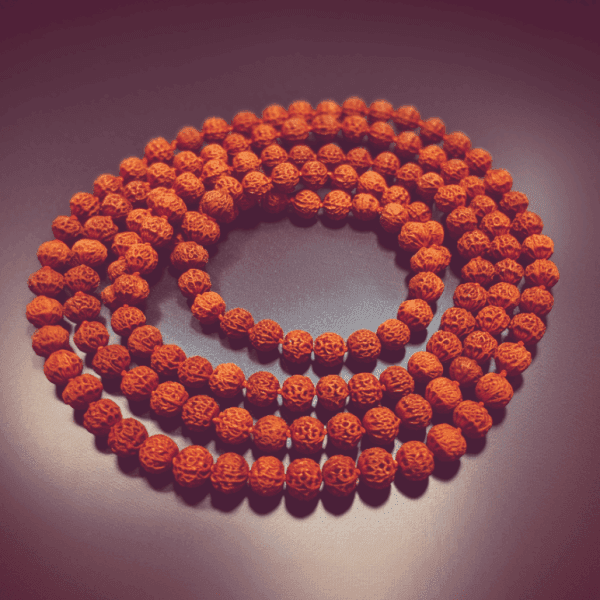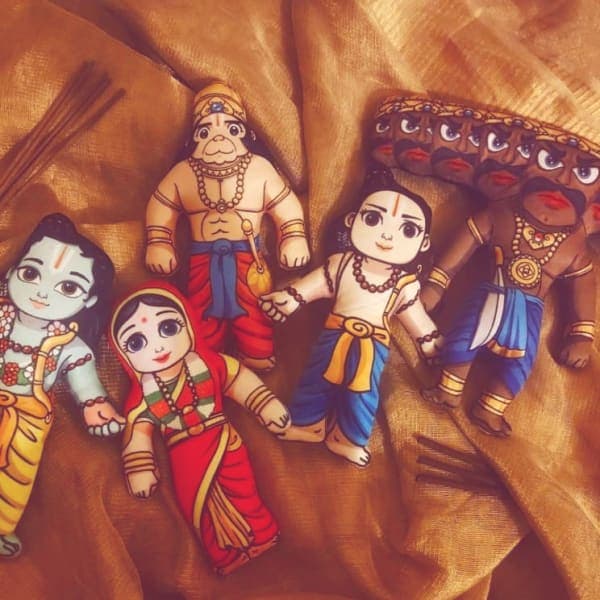Tripura Bhairavi Temple
Varanasi , Uttar Pradesh
0
According to tradition, when Goddess was engaged in a bloody conflict with Durgasur, she let forth several types of energy (known as Shakti) from her body.
Timings
Opening Time
05.00AM to 10.00AM and 06.00PM to 10.00PM
...




